The decades old RAIL project proposal if implemented will spell the death knell for Western Ghats in Karnataka
Meera Bhardwaj
Right from the first kilometer, the Hubballi-Ankola rail project aligned across thick and varied biodiversity rich forests of Western Ghats spells doom for Karnataka in terms of disturbance to habitat, water resources and of course, the unique and endemic flora and fauna of this region. Now why is the project proposal which has been rejected umpteen times at every platform has bounced back on the plate of the state government again and again?

Now when one looks at the various documents/studies/technical reports/court directions/standing committee reports/central advisories rejecting the project – it clearly reveals and shows how vested interests and various harmful and interested lobbies are working against the interests of the state which is home to 60 per cent of the Western Ghats – the World’s Biodiversity Hotspot.
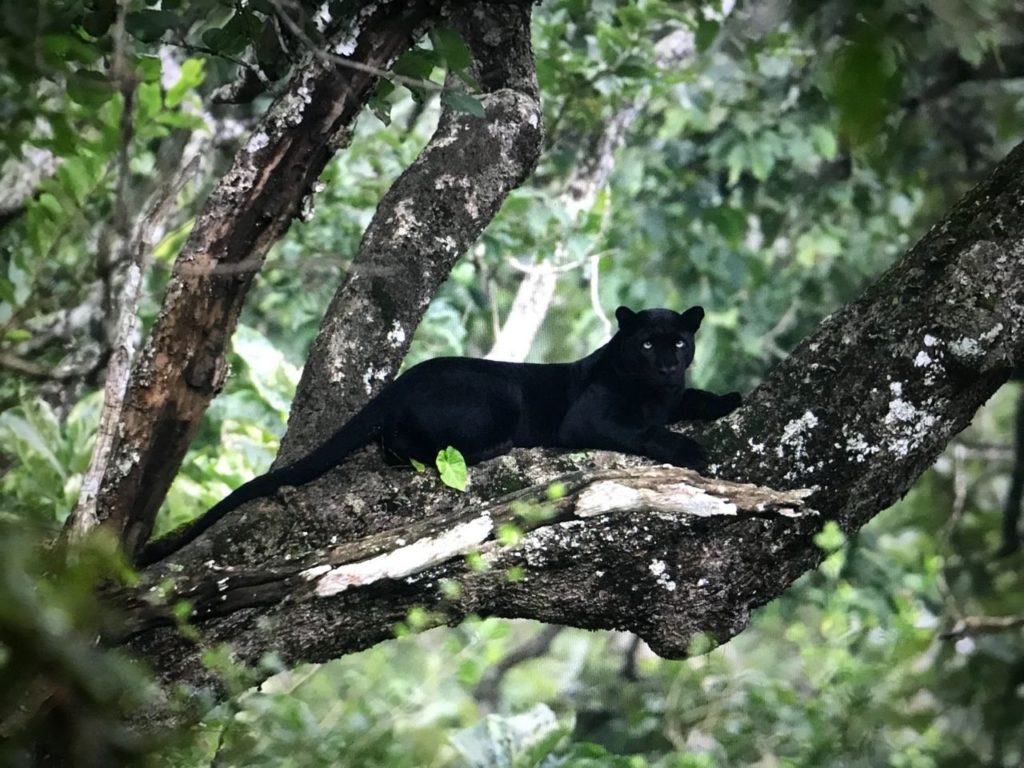
Now at one of the crucial times when world is facing adverse ‘Global Climatic Changes’ and is striving to bring various stakeholders on board – the state government is bending its back to push a project which may affect land patterns and disappearance of many a wildlife species and kill sources of water – forest streams tributaries and other wetlands.
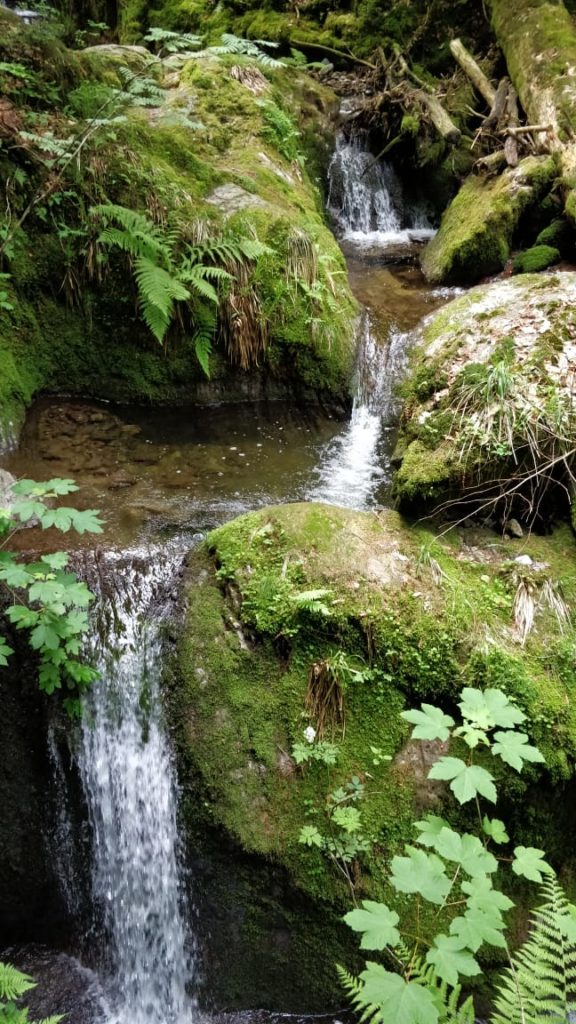
It is for the members of the KARNATAKA STATE WILDLIFE BOARD that constitute WILDLIFE EXPERTS and others to think not once but hundred times whether they can allow such a disastrous project in a state which is facing pressures from various quarters on its natural resources.
Now every time such a project comes up for approval before the Board – members have kept SILENT and not expressed their opposition. They have allowed the political leaders and elected representatives to roughshed over them – not thinking about the serious consequences on the fragile environment that is on the brink of facing untold miseries due to unsustainable projects. It is time now for environmental and wildlife experts including researchers working in various institutions to come out and express their concerns on the fallout of such disastrous projects.
Cutting across various sections of society – many people have questioned the very necessity of such an ecological disaster of a project when there has been no demand from people. Further, with Supreme Court shutting down iron ore mining in Ballari where is the need for transportation by rail?
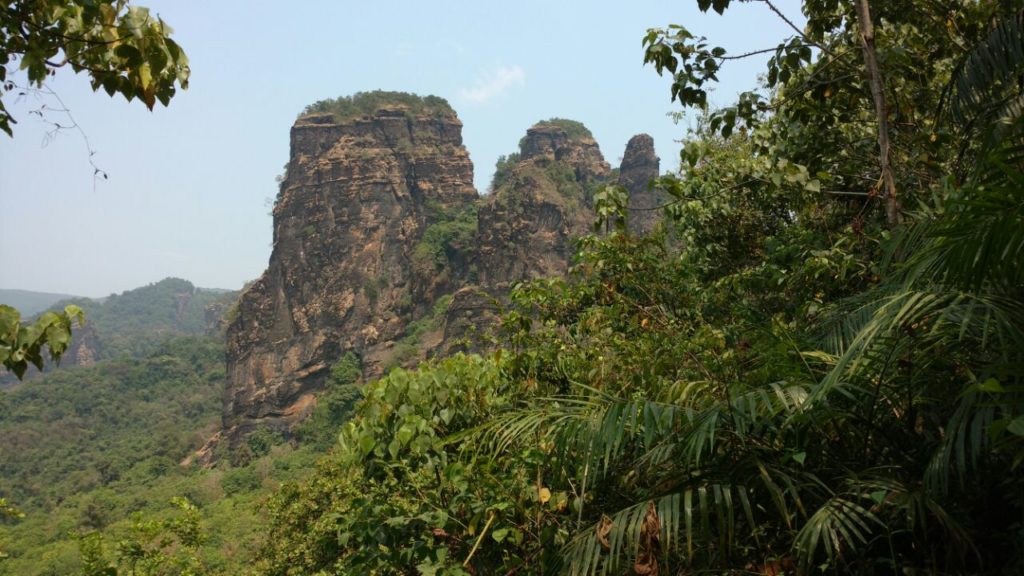
There are many alternatives – road network is highly developed and is underutilized while the passenger traffic is very less. The Hospet-Tinnaighat-Vasco rail line which has come up for doubling is another alternative that can be used for transportation for iron ore if any. Also a clear existing Alternate Rail Line To Madgaon from Hubballi exists. Further there are three more rail lines that are waiting to be used.
According to wildlife experts and forest officials, very startling facts about the Rail Project has been seen – on the submission of Technical Report by Indian Institute of Science [IISc]. This was entirely an affair dealt by the Infrastructure Development Department and the State Forest Department was in no way involved in this matter till date. Even the Report submitted along with Mitigation Measures was submitted to Infrastructure Development Department.
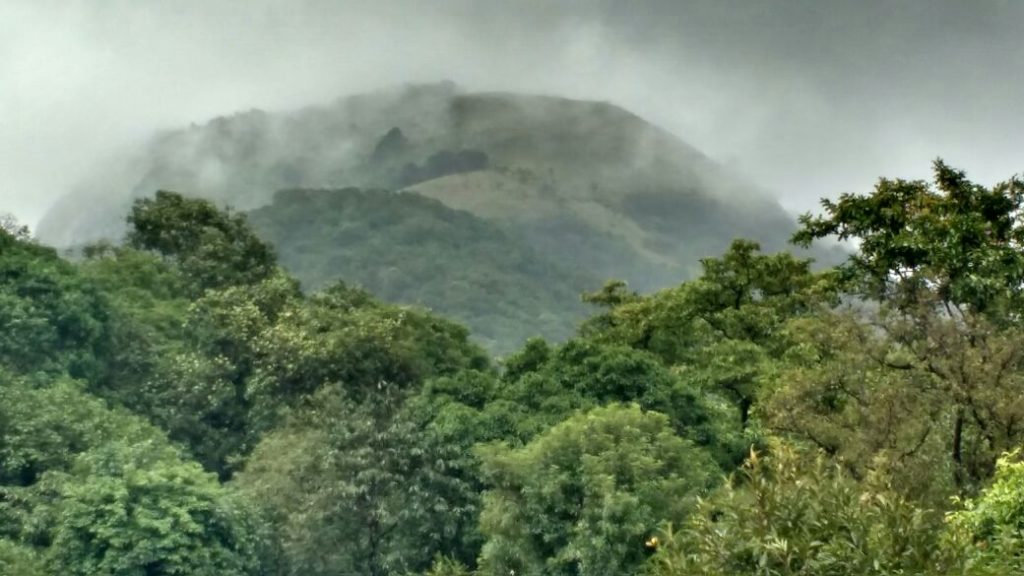
A former Chief Wildlife Warden says “Till date, the Chief Wildlife Warden who is a Statutory Authority under the Wildlife Protection Act has not received a copy of this report. Apart from this, the IISc is not a Competent Body for giving any recommendations connected with wildlife and forest matters. The Original Dandeli Wildlife Sanctuary was so wide ranging that its boundary was stretching right up to the Coastal Area including the southern portion of Kali River in Yellapur Division. The recommendation made by CCF/DCF and the CWLW is based on this lone IISc Report which is completely lacking in basic conservation efforts. This is the prevailing status of affairs….’’
For the past two decades, state and central officials and the standing committee of NBWL as also the Regional Office of MoEF have rejected this project outright right from the beginning. This was based on sound knowledge of forestry and Wildlife.
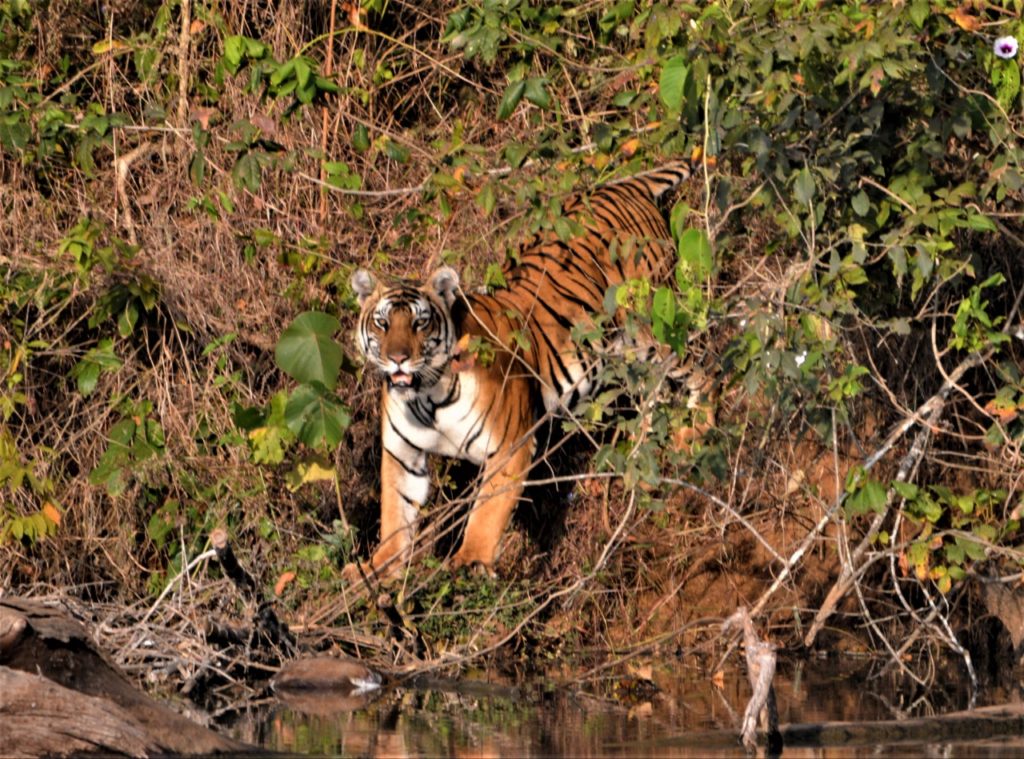
Further, the National Tiger Conservation Authority Site Appraisal Committees too rejected the project in toto – citing no mitigation measures can undo the vast damage to forests.
In fact, after a thorough Site Appraisal and extensive Field Study and interaction with the local CCF and DCFs, the project once again faced rejection, say forest officials. This study and report was held under DIG [Wildlife] MoEF & CC with Garwad as it member. The IISc technical report too was rejected but it was the then CWLW who accepted it and forwarded the Report of IISc to NBWL for approval. However, it was returned by the NBWL to the State Board for its opinion. The Role of CWLW in endorsing the Report of the IISc without Field Appraisal and complete non application of mind has spelled doom for protection of forests in Karnataka.
One should ponder and analyze – with only
50 Tiger Reserves in the country having an area of 72000 sq Km amounting to 2 just Per cent of the geographical area – can Hubballi-Ankola rail project be allowed? As studies have clearly indicated – it is the Western Ghats Landscape that constitutes the Best of the Habitat for Tigers and Elephants. Of the 65,000 sq km of Western Ghats in the country – 60 per cent is in Karnataka………
The forests of Kali Tiger Reserve along with its Buffer Zone in which the proposed Railway Line Project lies – is also the safest area for elephants and tigers. The result of conserving this PA along with Buffer Zone in the last 15 years – has led to significant improvement in the entire Forest Ecosystem. As per recent scientific studies, the Asiatic Elephants are the most threatened Species and therefore, the MoEF& CC in February, this year notified Elephants along with Great Indian Bustards as the Most Threatened Species.
In the background of this, green activists and conservationists have called for conserving and protecting the tiger habitats with India having 60 per cent of the world’s wild tigers.

Comment here